Digging into projects
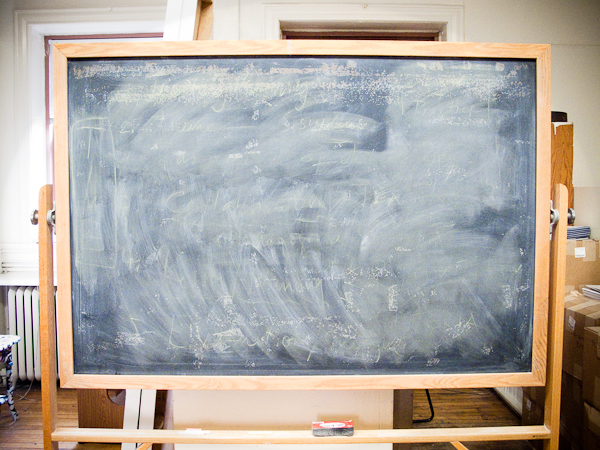
Teachers College, Columbia, after Shannon Fagan
As we cross the half-way mark in the semester an old question appears again: what is a project in photography?
In class the topic seems part of school, an assignment on the syllabus. But the word we use — project — applies to many endeavors (working an election, painting a kitchen, helping a friend move) and isn't rooted in this institution. Instead, working with photographs is part of life, a motivation for further learning. This is what I hope you'll take away from our time together.
In our discussions I've asked you to think about what connects you to your life, what wakes you up in the morning. To begin, let your curiosity guide you — what do you want to know about? What do you want to learn about? There's no right or wrong answer to this question.
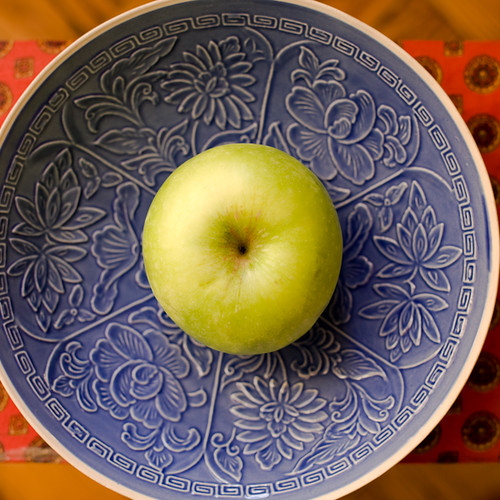
Shanghai dish, apple, on the windowsill
At root, though, is just that: a question. Whether your project is short-term (through the end of the semester) or follows a longer arc, there's got to be a need for something — What do you want to look at?
And from the opposite perspective — from the audience's point of view — the corollary: what do you want me to know?
A project that deserves and can sustain your attention will feel significant in both of these dimensions. You'll feel gravity and lightness simultaneously, and desire will snatch you out of bed before the alarm, keep you up at night, and prevent you from feeling tired in-between. You'll want to work.
Ok, but how do I find such a thing as this? — that's the question we bat around a lot.
I don't know the answer. What I do know, however, is that the key is in your experience: what are you reading? what are you watching? what did you talk about last night with your best friend? your spouse? your child?
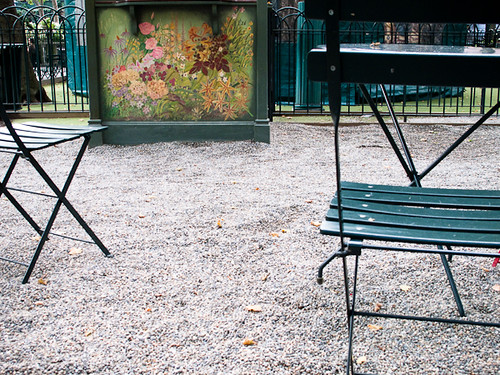
Bryant Park, NYC, before teaching Photoshop
Here's a way into it, perhaps: pay attention to your wandering thoughts and be alert to moments of unknowing that evolve into moments of intensity. For example, you're talking with a friend, the conversation heightens, somebody pushes, someone else pulls, there's uncertainty, a misunderstanding, and suddenly you hear yourself saying something that you didn't know that you knew. Catch your breath and write that down. Mark it. That's the core of a project.
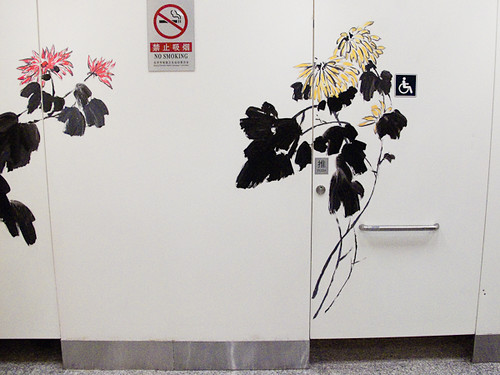
Mens Room, Beijing Airport
And here's another way into it: keep your camera with you and pay attention to any slight urge that calls for pictures throughout the day. Take those pictures. Make yourself slow down enough to make those exposures. Whatever, wherever, whenever — don't second guess, don't stop yourself. Then, in the evening, look from outside yourself and ask this question, as if you were asking it of a stranger: what do these pictures want me to know? What do they want to show me? Do this for a week, with honesty and focus, and you'll see something you didn't expect — a way of framing, a kind of light, a moment, a texture, a shape. Mark that down. It's a clue. And it might be significant because the picture-maker behind those pictures is you.
I've written on this topic before (here and here), and we talk about it all the time in random conversations — even though you might not have realized that's what we were talking about....
For an in-depth pictorial exploration with a photographer who can't stop asking questions, see Amy Eckert's menagerie of ever expanding projects. My favorite pictures are from Follies, but my favorite question is: "What color is the upholstery on a nuclear submarine?"
The other pictures linked on this post are from an evolving project called "flowerpictures," in which I'm asking, why are we surrounded everywhere with pictures of flowers?
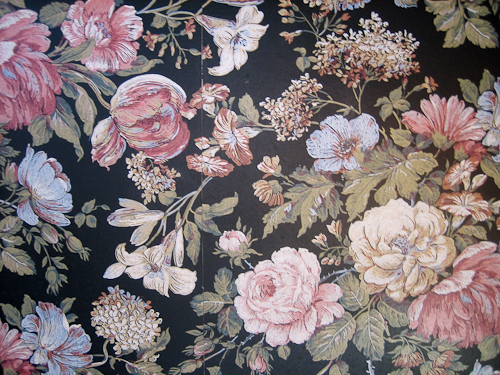
First Street, Brooklyn, entry to our apartment
Comments